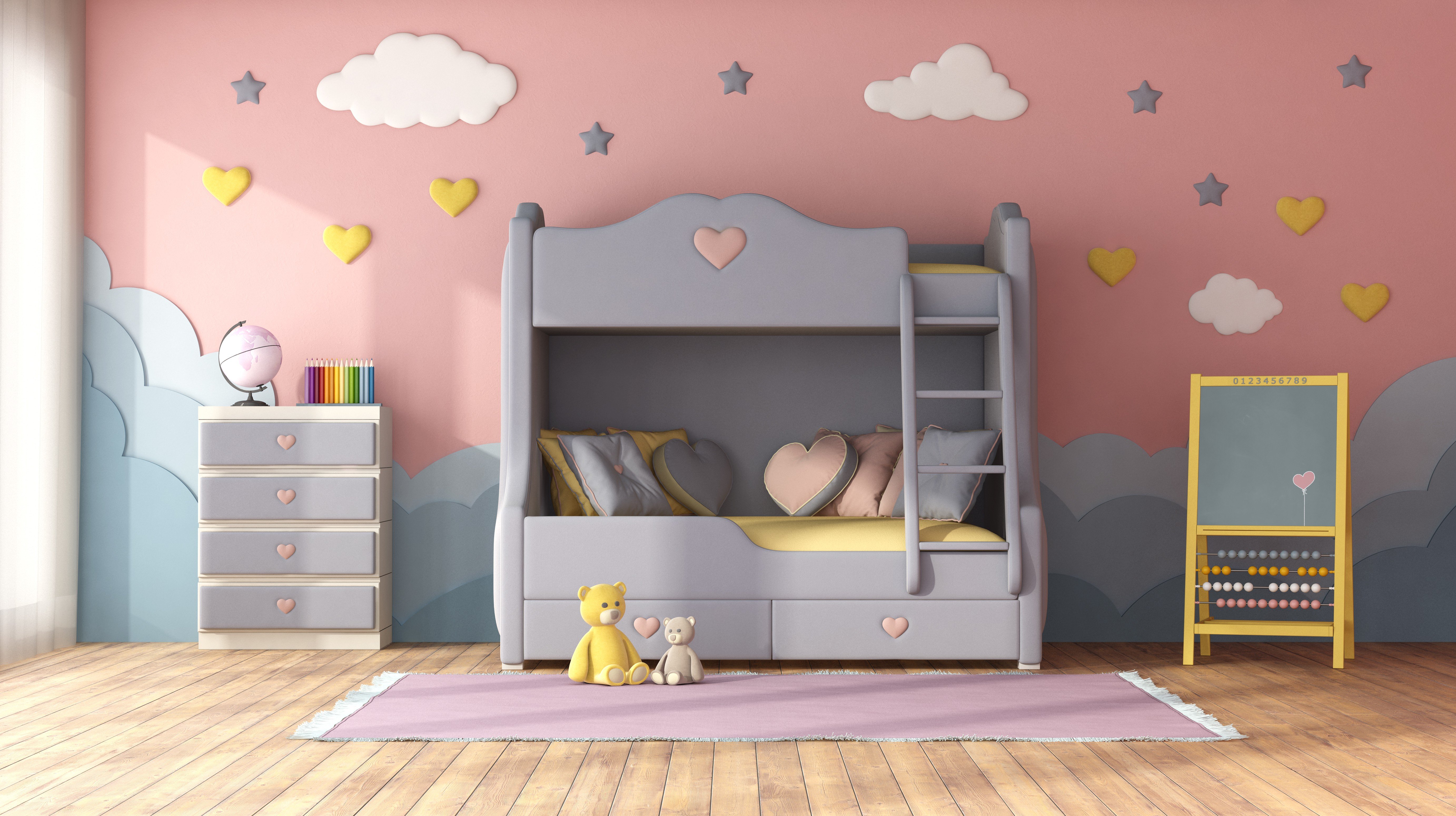The People Closest To Kids Bunk Bed Uncover Big Secrets
The Ultimate Guide to Kids Bunk Beds: Maximizing Space and Fun
With the rise of vertical living and smaller sized areas, the appeal of bunk beds has skyrocketed among families. Bunk beds not only offer a practical sleeping solution, particularly in shared spaces, but they likewise bring an aspect of enjoyable into a child's life. Deed Rehs looks into the features, advantages, and factors to consider of kids' bunk beds, making it simpler for parents to choose the right bed for their little ones.
Functions of Kids Bunk Beds
Bunk beds are versatile pieces of furniture that serve more than a single purpose. Here are some key features to think about:
Feature
Description
Material
Bunk beds can be built from wood, metal, or a combination of both, offering differing levels of sturdiness and design choices.
Security Features
The majority of bunk beds come equipped with guardrails, safe ladders, and capped supports for safety, specifically crucial for children.
Design Variety
Options range from timeless designs to modern-day styles, ensuring a match for any room decoration.
Space-Efficiency
Bunk beds make use of vertical space, making them perfect for smaller spaces.
Convertible Options
Some designs can be converted into 2 different beds, offering flexibility as children grow.
Storage Solutions
Some bunk beds feature integrated storage drawers or shelves, helping to keep the room organized.
Benefits of Kids Bunk Beds
Buying a bunk bed comes with numerous benefits:
- Space Saving: Bunk beds take full advantage of flooring space, permitting more backyard or storage services.
- Fun Factor: With a bunk bed, kids belong that promotes imagination and friendship during sleepovers or playdates.
- Cost-efficient: Instead of acquiring 2 separate beds, a bunk bed can accommodate 2 children at once, saving cash in the long run.
- Versatility: Many bunk beds can be dismantled or converted into twin beds, making them a long-lasting financial investment as kids's needs alter.
- Social Interaction: Bunk beds encourage family bonding and relationships, supplying an inviting space for children to share stories and laughter.
Considerations When Choosing a Kids Bunk Bed
When selecting the best bunk bed for a kid, moms and dads ought to take into account various aspects:
- Safety Standards: Ensure that the bunk bed adhere to safety policies and features important safety functions.
- Age Appropriateness: Different models cater to various age groups. For example, traditional bunk beds may not appropriate for more youthful kids.
- Space Dimensions: Measure the bed room to make sure the bunk bed fits properly, enabling space to move around easily.
- Weight Capacity: Consider the weight load of each bed and guarantee it accommodates the kid's weight conveniently.
- Design Preferences: Letting children take part in the choice process can assist them feel more ecstatic about their brand-new bed.
Kinds Of Kids Bunk Beds
Bunk beds come in various styles and setups to fit different needs:
Type
Description
Requirement Bunk Bed
A traditional style with one bed stacked on top of another, typically utilizing a ladder to access the top bunk.
L-Shaped Bunk Bed
Features two bunk beds connected in an L-shape, typically more large and ideal for kids sharing a space however requiring a bit more space.
Triple Bunk Bed
Makes up 3 stacked beds, ideal for taking full advantage of sleeping arrangements in extremely minimal areas.
Loft Bed
A raised bed with space underneath that can act as a play location, research study corner, or extra storage.
Futon Bunk Bed
Combines a bunk bed on leading with a futon or couch below, making it great for slumber parties and making the most of space usage.
Convertible Bunk Bed
Can be separated into two individual beds, providing flexibility as children's requirements alter.
Taking Care Of Kids Bunk Beds
Preserving bunk beds is important for guaranteeing durability and security. Here are some basic care practices:
- Regular Inspections: Check the bed regularly for loose screws and tightened bolts to ensure stability.
- Cleanliness: Keep bedding tidy and fresh, turning bed mattress for even wear.
- Guardrails: Ensure guardrails are safe and in location, specifically if kids tend to walk around a lot in their sleep.
- Air Circulation: Ensure the bed has adequate air flow, preventing moisture buildup that can result in mold or mildew.
Frequently Asked Questions About Kids Bunk Beds
Q1: At what age can a kid securely use a bunk bed?
A1: Generally, children aged six and older are considered safe to utilize the upper bunk due to the height and stability elements included.
Q2: Can I position a bunk bed near a window?
A2: It is suggested to prevent putting a bunk bed near windows to minimize the danger of falling or injuries.
Q3: Are bunk beds safe for more youthful kids?
A3: While some modern bunk beds feature safety functions accommodating more youthful children, it is generally recommended to wait until they are older, usually over 6 years.
Q4: What is the common weight limit for leading bunks?
A4: Weight limitations differ by model however normally vary from 150 to 250 pounds. Constantly refer to the manufacturer's requirements.
Q5: How frequently should I examine the bunk bed's security features?
A5: It is a good idea to carry out a safety check every few months or whenever you discover any signs of wear.
Kids' bunk beds serve as a strategic solution for households seeking to make the most of space while offering an enjoyable and appealing sleeping environment for their children. With a range of options available— from basic designs to loft beds— moms and dads have the flexibility to select something that satisfies their household's specific needs. By considering important factors such as security, space viability, and their kids's preferences, moms and dads can make an informed option, ensuring that each child is thrilled about bedtime while benefiting from an efficient space.
